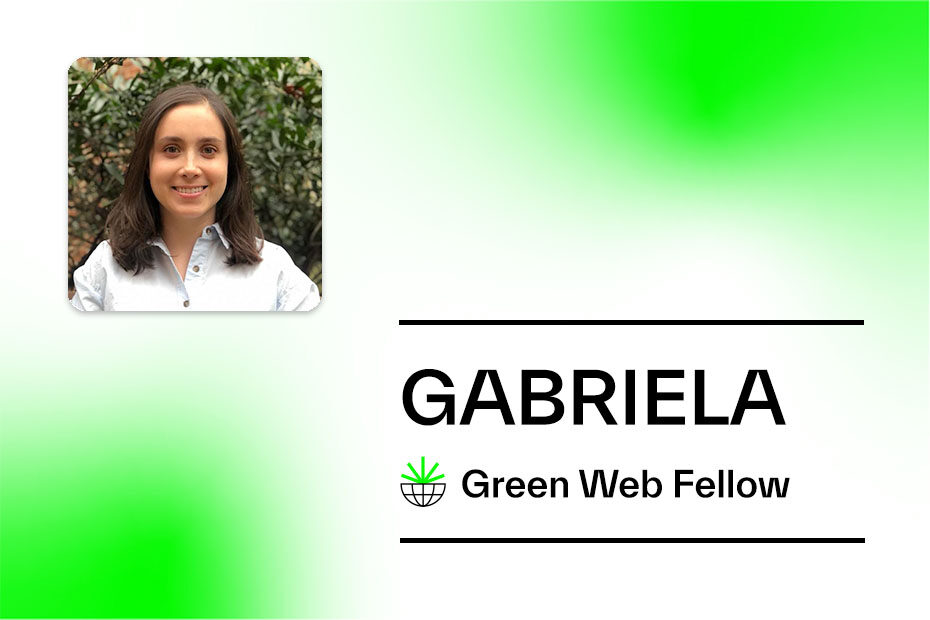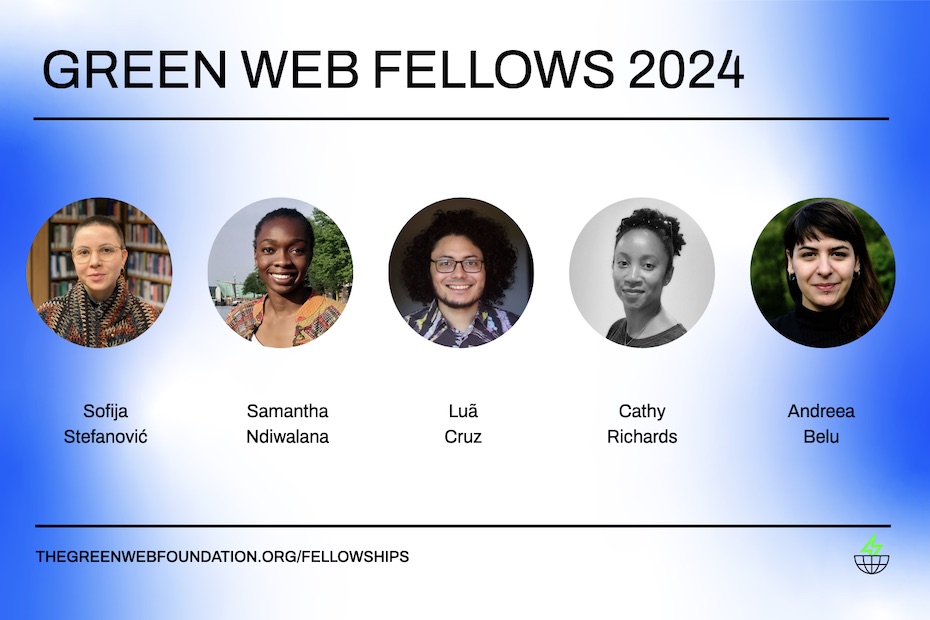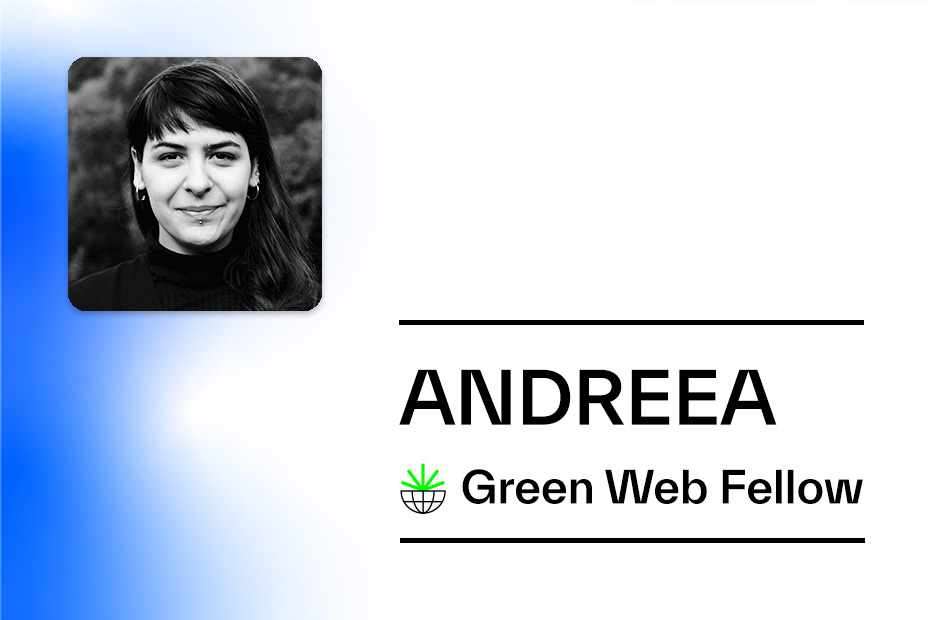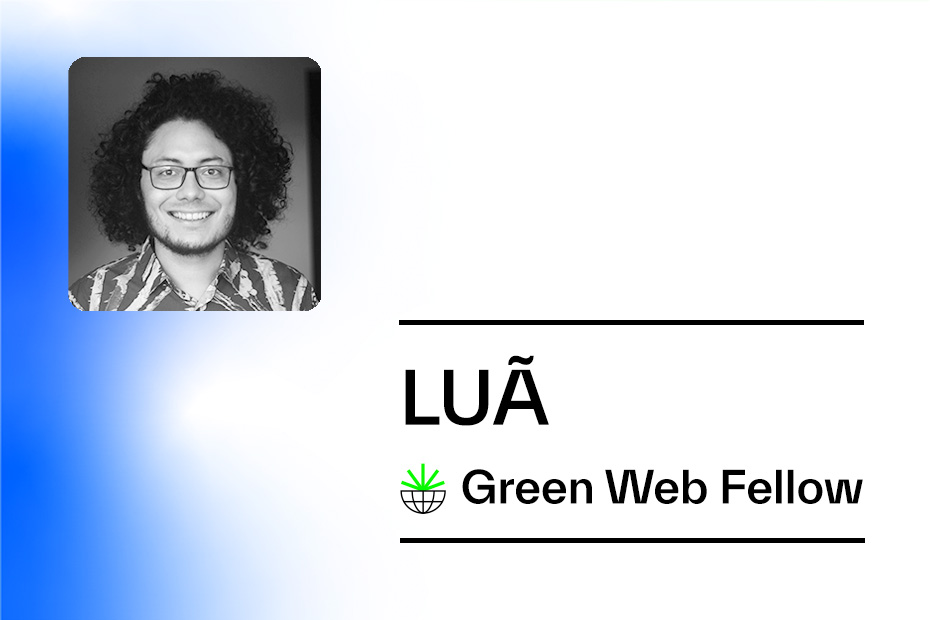The questions
This question, what happens after climate litigation and activism, has accompanied me for the past five years.
In the good days, it has motivated me to pursue a master’s in sustainable development to learn tools for implementing projects, to delve deeper and collaborate in designing practical solutions for local communities vulnerable to the effects of climate change. It has also led me to research and ask questions on the latest advancements and legal cases on climate change, talk to other activists and experts on the field, imagine different futures together, and even apply to this fellowship!
In the not-so-bright days, the question remains with me, along with other challenging thoughts: was that it? Now that there is a judicial ruling and several governmental entities legally responsible, what is my role after having worn both plaintiffs’ and lawyers’ hats? The voices of those who did not believe in the case sometimes are louder in me.
Let me give you some context – and invite you to this reflection journey with me
In 2018, I co-led a group of 25 children, teenagers, and young adults to file the first climate change and future generations case in Colombia. With the advice of two senior lawyers and the support of an economist and a communications team, we researched for over a year the interrelation between deforestation of the Amazon rainforest and the climate change consequences on young lives in the rest of the country associated with the increase in greenhouse gas emissions from cutting down the forest.
The time went by quickly, from tracking deforestation drivers and understanding the paradoxes of a Peace Agreement to keeping constant communication with the youth group and collecting evidence on climate change’s effects on each of their lives.
As a young lawyer passionate about environmental law and materializing the promises of “sustainable” development, I committed myself to knit the threads of the story of a group of young Colombians from the raizal communities of San Andres and Providence Island passing through the cold capital city in the Andes to the depth of the Amazon rainforest—a group of young people who share their common interest in protecting our planet.
I could think 24/7 about what sustainable development could mean in practice for the most biodiverse regions of the country. What would this type of development look like if it met the present’s needs without compromising future generations’ ability to meet their own needs? What does it mean to have sustainable policies when we try to implement them in biodiversity-rich areas? What does it take for a sustainable approach to take care of nature while considering future generations’ needs? Who are those future generations we are concerned about?
Sustainable development led me to delve deep into the principle of solidarity (and this is what changed everything for me). The Colombian Constitution, signed more than 30 years ago, established a list of citizen’s duties, one of them being “to act in accordance with the principle of solidarity.” Therefore, if we asked a judge to analyze a climate change case and its effects on future generations, solidarity should be the suggested lens through which they read the case. Solidarity in three dimensions: with the other human beings with whom we share this planet, with future generations that will inhabit it, and with the other beings (including animals and plants) with whom present and future generations will cross paths on Earth.
To make the story short, our case got to the Supreme Court of Colombia (after losing before the first instance judge and appealing). The Supreme Court ruled in our favor, declaring the right of future generations to a healthy environment and ordering the Colombian government to create a plan to stop deforestation in the Colombian Amazon rainforest.
But what resonated the most about this case was the Supreme Court’s declaration of the Amazon rainforest as an entity subject of rights. What does it mean in practice that the Amazon has the right to be restored after 50 years of war? What would it mean to protect its biodiversity amid a global ecological crisis? (But this, dear reader, is another story for a different blog).
Five years later: the path beginning at the intersection of climate change and open data
Five years later, deforestation of the Amazon rainforest keeps increasing, the brave young plaintiffs are now young adults (most of us), and other young kids worldwide have raised their voices claiming climate action. We were not the first or last, and if we had reached the point of using legal tools for putting a human rights face to climate change, it was only because of the path others have paved for us.
The dreams of acting in solidarity remain present, and the questions are more complex. Yet, in parallel to these reflections, life went on. A consultancy job on open data and transparency as a tool for sustainable development opened my mind to a new field of interest. Disclosure and capacity building around data use for local communities to adapt to climate change and research on the efforts of both public and private to build bridges with local communities to collaborate on climate adaptation and resilience while using technology inspired me to look deeper into the intersection of digital rights, digital tools, and climate action – also delving into the underlying inequalities that lead climate injustice, the gentrification of the internet, and that makes it challenging sometimes to use digital technologies for social good.
All this is to invite you to join me in this journey as a Green Web Foundation Fellow. I’ll be sharing bi-weekly blogs on my incipient project at the intersection of climate change and open data, and hopefully, this will be the start of a broader conversation.
If you have reached this point of the blog and would like to connect and discuss the challenges and opportunities of acting at the intersection of climate change and open data for building community resilience, please reach out.



